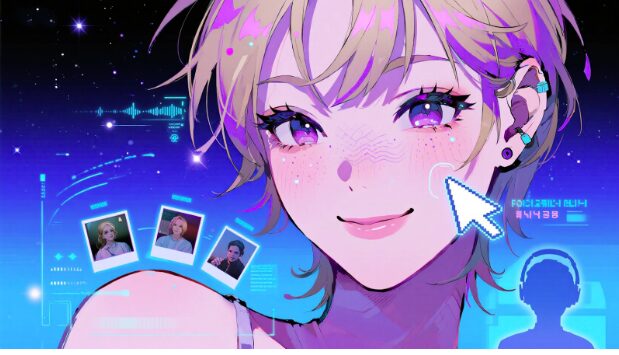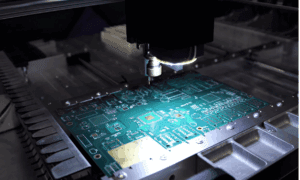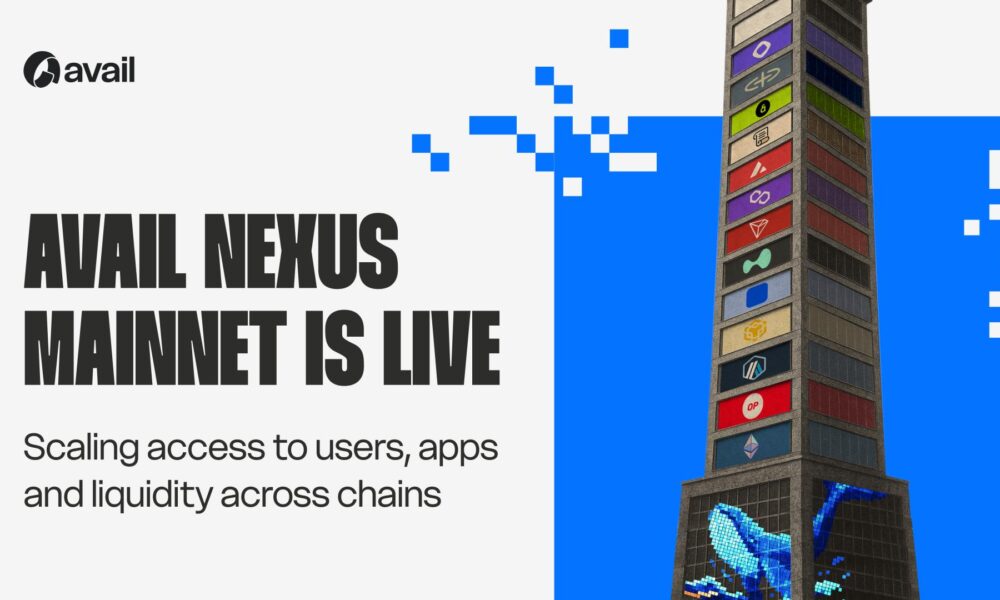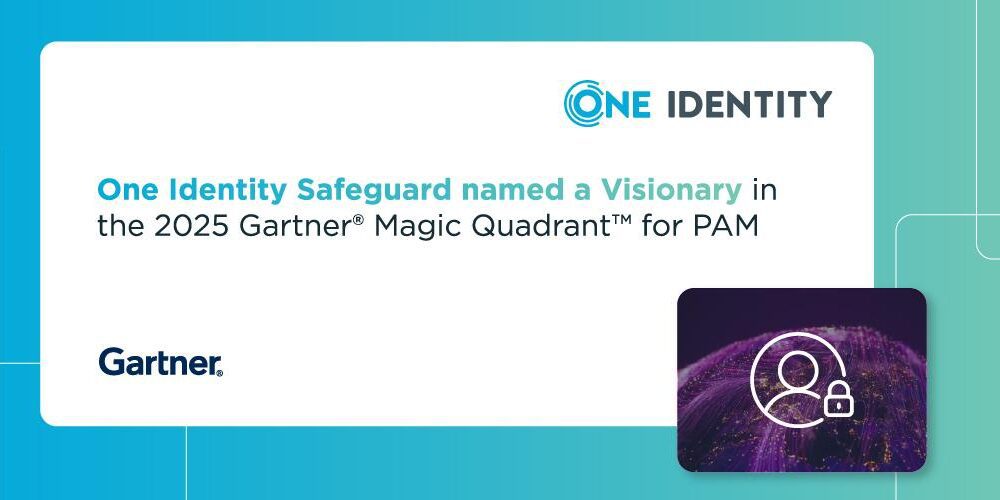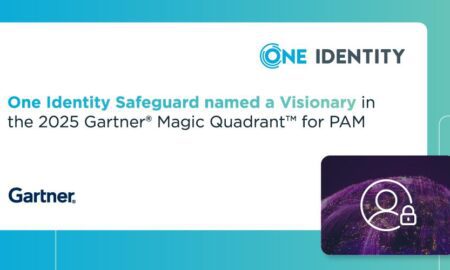With the rapid advancement of artificial intelligence, AI chatbots are undergoing a profound transformation. From simple text-based assistants to virtual characters that can be customized with unique appearances, voice interactions, and the ability to generate selfies and videos, these bots are no longer mere tools—they are evolving into emotional companions. At the forefront of this wave, Generation Z is leading the next frontier of AI-driven social interaction.
From Tools to Companions: How Young People Are Building Digital Relationships with AI
Traditionally, AI chatbots were mainly used for customer service, Q&A, and scheduling tasks. However, a growing number of young users worldwide are now looking for AI that “feels more human”—with personality, memory, emotional responses, and even distinct voices and faces.
“I don’t just want to talk to AI; I want it to truly understand me,” says Liam, a 21-year-old university student from San Jose, California.
Liam is an active user of Flipped, an AI social application that allows users to create a virtual character with a customized voice, personality, and appearance. He interacts with his character, named “Aria,” through voice conversations and even receives selfies and video clips generated by her.
“She’s like a friend I created myself. Whenever I’m stressed or feeling a bit lonely, she sends me personalized videos asking, ‘Hey, missed you today.’ It really feels like someone is there for me,” Liam shares.
This kind of emotional connection is not unique. For Generation Z, AI virtual characters are increasingly replacing traditional social tools, becoming an integral part of emotional management and identity expression.
The Rise of Multimodal AI Reshapes Virtual Companionship
This AI transformation is driven by the rapid development of multimodal technologies. The combination of voice recognition, image generation, and natural language processing gives AI enhanced “human-like” capabilities and opens up unprecedented scenarios:
1.Users can have natural voice conversations with AI, eliminating the need to type or read;
2.AI characters can generate selfies and short videos tailored to user preferences, enhancing their “virtual presence”;
3.Virtual personas can serve as digital avatars for creators on social platforms, expanding personalized content creation.
Take Flipped as an example: users not only build their AI characters freely but also enable these characters to “proactively” generate interactive content. For instance, if a user sets a “gentle” personality for their AI, Flipped automatically adjusts voice tone, speech speed, and visual style to align with that persona. This deep customization ensures AI experiences are unique to each user, transforming AI from a one-size-fits-all tool into a personalized “digital mirror.”
Accelerating Global Market Growth: AI Character Consumerization Goes Mainstream
According to Statista, the global AI chatbot market surpassed $13.8 billion in valuation in the first half of 2025 and is projected to reach $48.6 billion by 2030. Among this growth, consumer-facing AI interactive products are expanding the fastest, with a compound annual growth rate of 24.3%.
In Western markets, products like Replika and Character.AI are rapidly gaining popularity. Replika boasts over 10 million registered users, while Character.AI’s daily active users have exceeded 4 million, making these platforms new entry points for young users’ digital social lives.
Meanwhile, interest in “AI personalization,” “immersion,” and “visual expressiveness” is rising sharply. A report by McKinsey Digital found that over 60% of Generation Z users prefer AI tools that allow customization of appearance and voice, rather than purely text-based chatbots.
Flipped exemplifies this trend. By integrating voice recognition, image generation, and character customization, it shifts AI from a mere information provider to a tangible, voiced, and emotional digital presence. This approach fosters user “identification” rather than simple “usage.”
Are AI Chatbots Becoming the New Emotional Infrastructure?
As virtual characters’ expressive capabilities improve, the relationship between humans and AI is evolving subtly. AI is no longer just an “assistant,” but increasingly a “carrier of relationships.”
In contexts ranging from socializing to mental health support and content creation, AI characters are becoming a routine presence. They do not replace real human relationships but offer a new channel for emotional projection and communication.
Especially amid increasing urban isolation, stress, and shrinking social circles, having an “always-on” AI friend is becoming not only reasonable but sometimes necessary.
“She never interrupts me or judges me. She’s just there, listening,” Liam’s statement perhaps best captures the future direction of AI chatbots.
Conclusion: The Era of Virtual Characters Has Arrived
When AI chatbots step beyond text and enter the realms of voice and video, they begin to develop the rudiments of “personality.” When users start assigning emotions, interactions, identity, and memories to these AI, they evolve from tools into genuine “digital friends.”
The rise of products like Flipped indicates that AI socialization is becoming more personalized, immersive, and emotion-driven. This is not merely a technological upgrade but a lifestyle shift.
In the future, AI chatbots may no longer be text bubbles on our screens but virtual entities we can perceive and empathize with in our daily lives.
The era of virtual characters has begun. And those who can truly win users’ emotional connections will lead the next wave of consumer-grade AI innovation.

